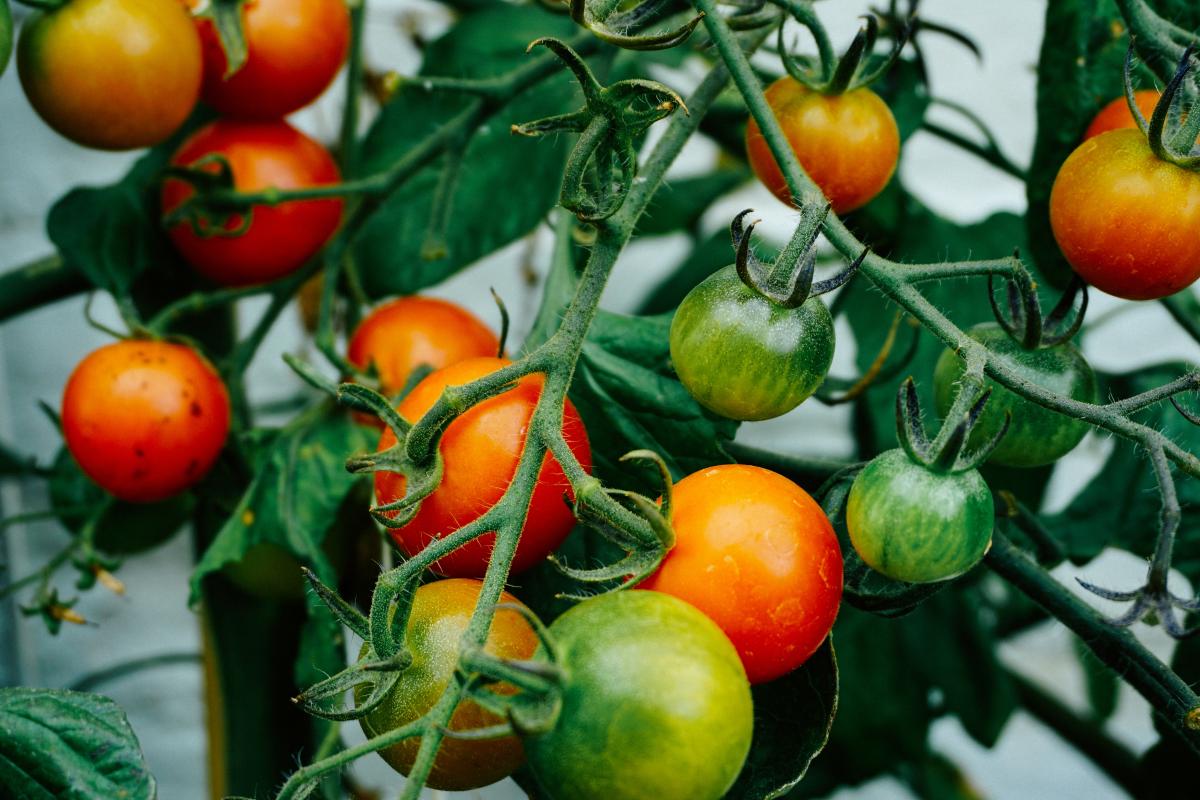

Launch into a fun activity! Students will be building a rocket, then blow into the straw inserted and watch how high their rocket flies. This fun activity can be done indoor or outdoor. Students can

In this lesson plan, students will make use of their knowledge about gravitational force and factors affecting it to design a stuffed mini parachute that will land the slowest from a given height

Students will learn about water availability in Arizona and design and build a prototype/model of a rain-catchment/recycling system to provide water for a school garden.

Students will gain an appreciation of M.C. Escher's tessellation artwork and process and be inspired to create their own tessellation.This lesson combines math, art and technology by using an

This lesson plan is part 1 of 4. This lesson focuses on how Newton's Laws apply to rocket launches as well as what forces are present at three different stages of launch. Additional lessons will be

In this lesson series, students engage with the process of photosynthesis to examine factors that can influence the gases produced. In this lesson, students integrate previous lessons observations

In this lesson series, students engage with the process of photosynthesis through making observations and processing data through the collection and measurement of gases. Students will integrate data

In this lesson series, students will explore the process of photosynthesis by collecting data through measurements. Student previously engaged with an experimental lab setup for gas collection, and

In this lesson, students engage in exploration of making observations of photosynthesis and collect gases associated with the process. In this lesson, students will build experimental set ups and

This lesson introduces the students to the different types of pigments found in plants. At the same time, this lesson plans will also introduce the students to the basics of spectrophotometry

This lesson includes having students design and build a wing to put onto a pre-built RC plane and fly it in circles (tethered). Requires previous RC knowledge.

Students will read and respond to the story, Room on the Broom. Then students will work in small groups to create a sturdy pumpkin tower using pumpkin candies and popsicle sticks. Students will try to

Students will understand that humans can control their environment. Students will investigate the effects of different pruning methods on cherry tomato plant growth and fruit production.

In this unit, students will use their knowledge of weather and climate patterns to construct, place, and collect data from a rain gauge for one month. The beginning of the school year would be the

This is the culminating activity of the 8 part lesson series on simple machines. Students will put together everything they have learned about each individual simple machine to create a complex chain

In this lesson students will: Identify screws in our world; Discuss how screws make work easier; Plan and construct an Archimedes Screw Provide and receive feedback through peer critiques

In this lesson students will: Identify wedges in our world; Discuss how wedges make work easier; Plan and construct a canoe of their own design that incorporates a wedge shape to make it more

In this lesson students will: Identify wheels and axles in our world; Discuss how wheels and axles make work easier; Plan and construct a wind powered care of their own design that uses wheels and

The Wikiup-Lighthouse Project will teach students the concept of Electricity, Series and Parallel Connections, creating Circuit diagram, as well as the cultural relevance of Wikiup to the Nnee (Apache

The Wikiup-Lighthouse Project will teach 11th grade students the concept of circuit diagrams, the two (2) types of circuits, as well as the cultural relevance of Wikiup in the Apache people.

Students will practice their 21st-century skills as they complete building challenges. With a value assigned to each plank, teams work toward the goal of completing each challenge successfully, while

In this lesson, students will: Identify levers in our world; Discuss how levers make work easier; Plan and construct a catapult that uses a lever Provide and receive feedback through peer critiques

In this lesson, students will: Identify inclined planes in our world; Discuss how inclined planes make work easier; Plan and construct a marble maze of their own design that uses inclined planes
